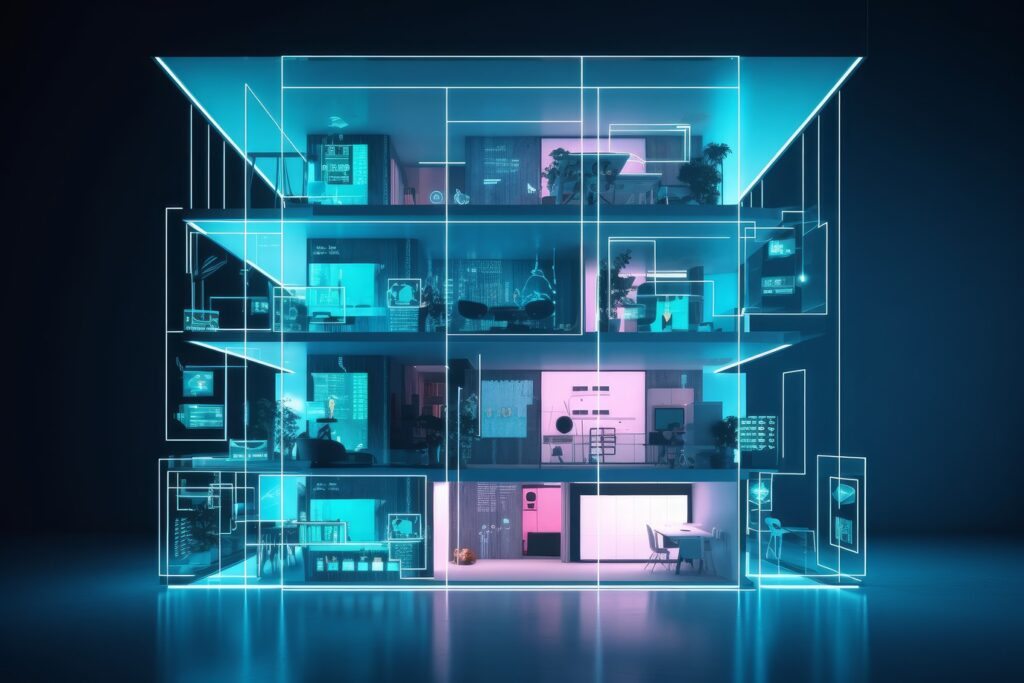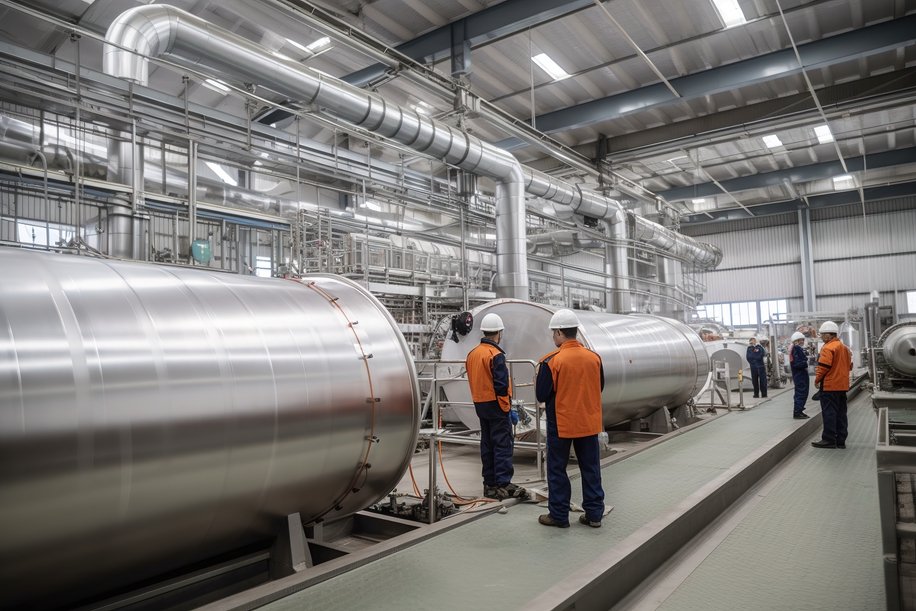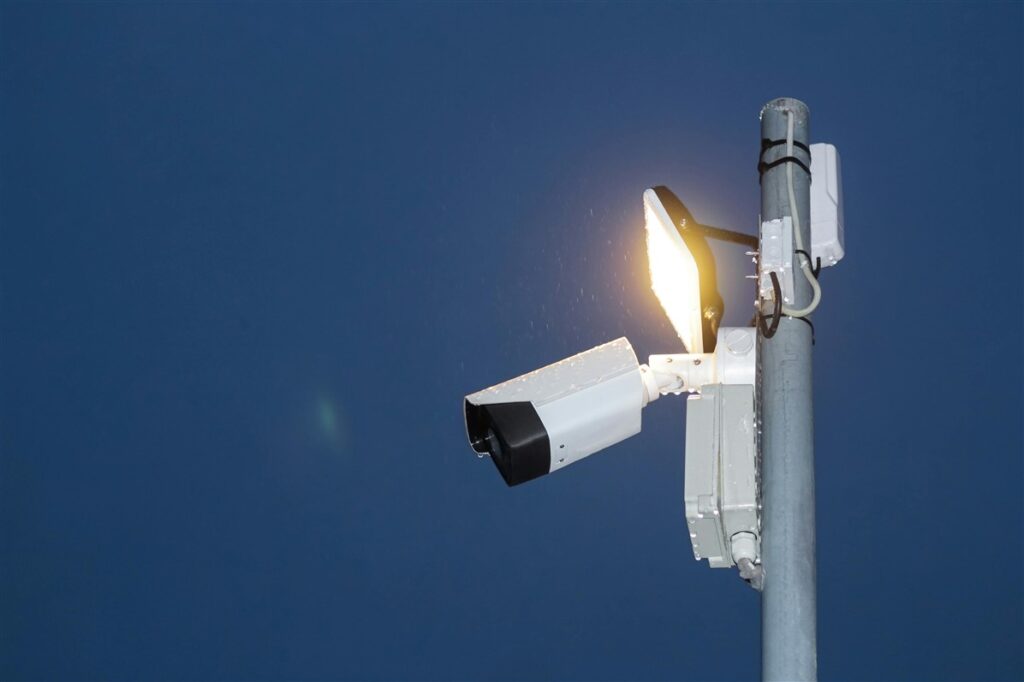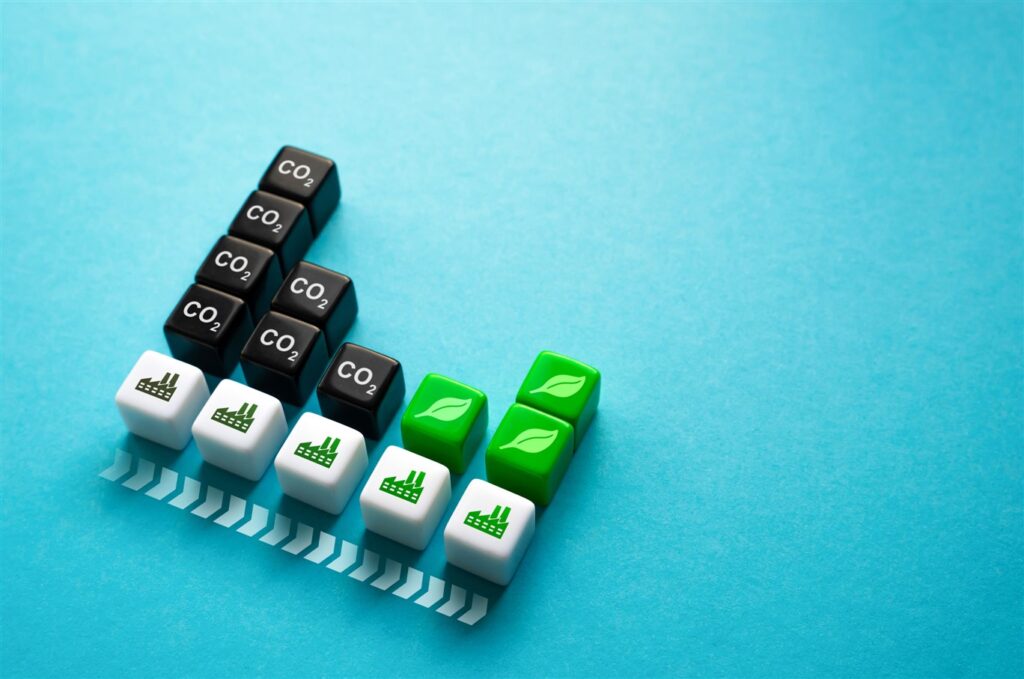Jargon Buster – CHAS
CHAS - Contractors Health & Safety Assessment Scheme
These days you’ll often hear people saying: ‘It’s health and safety gone mad.’ But the truth is, regulations for health and safety are there for a reason – and anyone booking an electrical installation would expect the electrical engineers to operate with the protection of the customer in mind.
So what is CHAS?
CHAS stands for Contractors Health and Safety Assessment Scheme.
CHAS began in 1997, with the aim of improving health and safety standards across Great Britain and reducing the need for duplicated safety applications for both suppliers and buyers. In 2001, it became a web-based system.
Today it’s the biggest and fastest growing health and safety assessment scheme in the UK, with more than 50,000 suppliers of goods and services on its database, providing a useful measure for buyers looking for competent suppliers.
Since 1 October 2012, CHAS has been working on an annual assessment cycle, which means that any electrical engineers registered with CHAS cannot rest on their laurels but have to be re- assessed every year.
What does CHAS assess?
There are three key areas that have to be approved:
- The applicant’s health and safety policy statement
- Their adherence to health and safety
- That their specific health and safety arrangements meet an acceptable standard
What are the benefits of being CHAS accredited?
When a contractor or consultant applies for work, whether with a private company or within the public sector, there is an expectation that they will meet certain health and safety standards. As the customer is unlikely to have the time and skills to make the appropriate checks, it’s important to have accreditation from an outside organisation.
Because CHAS is the leading health and safety assessment scheme, being registered with CHAS is a good shorthand for suppliers to show that they meet a range of criteria for compliance. Because it’s a widely accepted system, participating in the CHAS scheme also reduces confusion from a supplier being judged compliant by one buyer but not by another.
CHAS also offers guidance to suppliers to help them improve any areas of weakness in their health and safety policies and operations.
How is competency assessed by CHAS?
The assessment process comprises three stages:
1. The supplier applies for a CHAS assessment and proves they are competent in health and safety by passing this assessment.
2. The buyer looks at the supplier’s competence to carry out the work, checking they have the ability, experience and resources to complete the work safely.
3. The supplier is monitored as they carry out the work, to ensure they are carrying out the method statements as they should and are managing the site and the job effectively.
Any other points to consider?
Membership is free to buyers and gives them access to the CHAS database of suppliers. Suppliers only have access to their personal pages.
Typical buyers include public sector organisations such as health trusts, emergency services and government departments, as well as large private companies, although all companies can benefit from the peace of mind of working with a CHAS-accredited company.
AES is committed to working within the CHAS system and recently passed its annual inspection with flying colours. See our Accreditations page.

Our guide to building energy management systems
Building energy management systems (BEMS) are systems that allow you to monitor, control, and optimise the energy used within your building. The phrase building energy management system (BEMS) is often used interchangeably with the phrase building management system (BMS), but there are some differences. A BEMS is focused on energy-related systems such as lighting, heating, […]
Read more
How far does power travel and what impact does distance have on performance
It’s easy to take our electricity supply for granted. We flick a switch and instantly have light or power. We don’t even think about it unless there’s an issue or an outage. But when there is an issue or outage, the impact can be significant. For manufacturers, even the smallest change in power can make […]
Read more
Why visibility of the production process is so important
Operational excellence, efficiency and quality are top priorities for almost every manufacturer worldwide. These things lead to improved productivity, happier customers and reduced waste – all of which result in increased profits. Visibility of the production process is the key to achieving these things. And manufacturers now have access to technology that can provide real-time […]
Read more
Will security lighting help to protect my staff?
Looking after the safety and well-being of employees should be a priority for any business. And while it’s not possible to mitigate every risk, there are measures you can take to improve their safety and security. One measure that is often overlooked is the installation of security lighting. When daylight disappears, visibility is reduced, increasing […]
Read more
Top 5 considerations when comparing electrical quotes
Budget is always a factor when you’re considering any type of upgrade, revamp, or maintenance work within your factory. But when it comes to electrical work, you have to consider more than just money. Don’t rush into accepting the cheapest electrical quotes without knowing exactly what you’re getting. Electrical work is not an area where […]
Read more
What is the role of companies in reducing our carbon footprint?
We should all be taking responsibility for protecting our planet and a big part of that is reducing our carbon footprint. But while it falls to all of us to do our bit, there is additional pressure on manufacturers, especially those with high carbon emissions. As an absolute minimum, these companies should ensure compliance with […]
Read more

